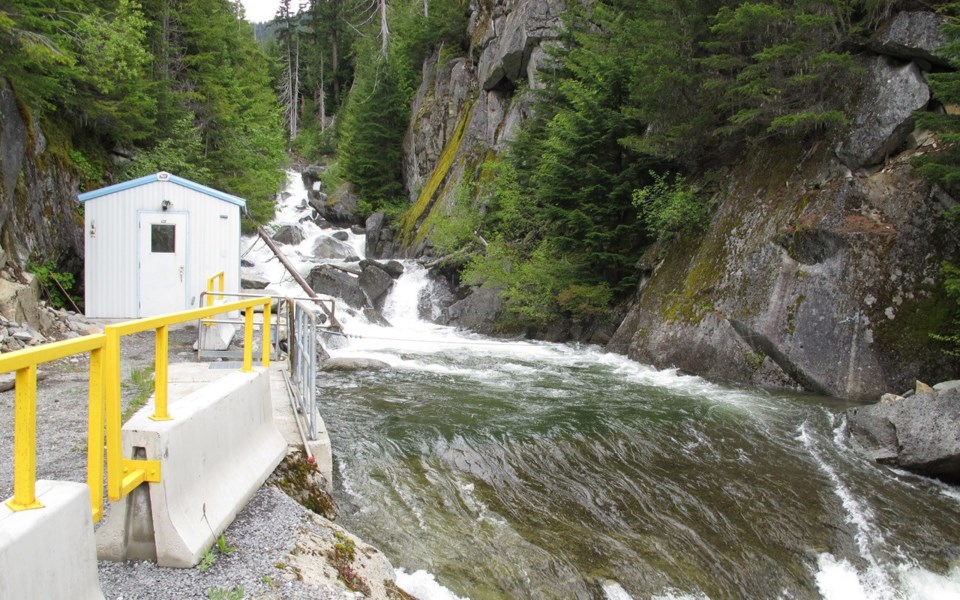The Resort Municipality of Whistler (RMOW) is taking steps to protect the community's biggest water source.
At its July 10 meeting, council endorsed the 21 Mile Creek Watershed Source Water Protection Plan (SWPP)—a document intended to mitigate risks and minimize exposure to unacceptable concentrations of contaminants in the water supply.
Twenty-One Mile Creek—located between Sproatt and Rainbow Mountains—provided between 38 and 53 per cent of the RMOW's water supply over the last five years.
"I do want to stress that our situation is not unique throughout British Columbia," said utilities group manager Gillian Woodward in a presentation to council.
"Metro Vancouver is very special with the fact that they're able to control entry into their watersheds. Most of the watersheds are not able to do that ... so the goal is to manage the watershed within the land use that already exists, and so that is what this plan addresses."
The SWPP is required by Vancouver Coastal Health for the RMOW to continue to operate the supply.
Twenty-One Mile Creek currently has a "filtration exemption," meaning no filtration facility is needed for the source. To keep the exemption, the RMOW must complete the SWPP.
Risks to the watershed include landslides and trail runoff, which can increase the turbidity of the supply, but the biggest hazard comes in the form of potential wildfires.
"It would be catastrophic," Woodward said, pointing to Fort McMurray as an example. "The cost of providing clean drinking water there has doubled after the wildfire just based on chemical addition ... they're spending more on their treatment because there is now carcinogens because of the burn on the watershed."
It could be decades before the Fort Mac supply returns to normal, she added.
The RMOW is continuing to invest in FireSmart fuel reduction, and is looking at securing grant funding from the federal government to protect the watershed, Woodward said.
The municipality has budgeted $20,000 for the SWPP in 2018, and expects to spend the same amount annually (at minimum) going forward.
There's also a need to manage recreation in the area. As it stands now, only day hiking and backcountry skiing is permitted in the watershed, said parks and trails supervisor Lorne Russell.
"The goal is to allow recreation, but to mitigate its impacts such that the risks remain within acceptable risks to health and water supply zones," Russell said.
"So fundamentally this is a coexistence relationship approach, recognizing the value of both recreation and water in our community."
Work done in the area over the past two years includes vastly improved signage at Rainbow Lake, a new outhouse with a fly-out container system, new boardwalks and fences, and improved trail maintenance.
The SWPP is a "living" document, able to evolve with policy changes and new information about the watershed as monitoring continues.
Councillor Cathy Jewett pointed out that if the RMOW were forced to treat the source, it could cost up to $50 million.
"(That highlights) how important it is for us to do this work, so thank you very much," Jewett said.
Mayor Nancy Wilhelm-Morden agreed, adding that it also serves as a good reminder about water conservation.
"Even though we've had a couple of weeks of cool and rainy weather, we're moving into a hot spell and if we can conserve water obviously our water usage goes down, and we avoid the potential $50 million price tag," she said.
"So just a friendly reminder to think about these things."




